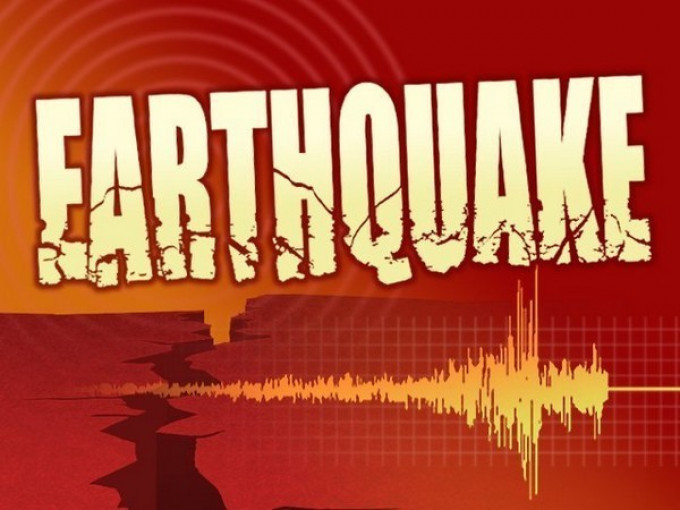Lung disease and air pollution have long been associated with one another. A recent study has identified one biological mechanism that may be responsible for that connection; this finding may offer fresh information on how to cure or prevent diseases caused by exposure to pollution.
"We know that diseases, especially lung diseases, can result from air pollution exposure. What we don't know are the mechanisms by which that occurs," said Edward Crandall, PhD, MD, professor of pathology, member of the Hastings Center for Pulmonary Research and director of the Will Rogers Institute Pulmonary Research Center at the Keck School of Medicine of USC.
In their research, Crandall and his team discovered a key step along the path between air pollution exposure and disease. Exposure to ambient nanoparticles, or very small pollutants in the air, limits the ability of cells to defend themselves against other potential harms. The findings were published in the journal Autophagy Reports.
Crandall, the study's senior author, and his colleagues studied a cellular defense process known as autophagy, which cells use to destroy damaged or abnormal internal materials. For the first time, the researchers found that, when exposed to nanoparticles, autophagy activity in cells seems to reach an upper threshold.
"The implication of these studies is that autophagy is a defense mechanism that has an upper limit, beyond which it can't defend the cell any further," Crandall said.
An upper threshold
The researchers conducted a series of tests using lung adenocarcinoma cells. They first exposed the cells to nanoparticles, then to rapamycin (a chemical known to stimulate autophagy), then to both nanoparticles and rapamycin. In every case, autophagy activity reached the same upper threshold and did not increase further.
Consequently, cells may lack the ability to further boost autophagy to defend against other dangers, such as smoke inhalation or a viral or bacterial infection. This may help explain why air pollution increases a person's risk for a number of acute and chronic lung diseases, including lung cancer, interstitial pulmonary fibrosis, and chronic obstructive pulmonary disease.
As part of the research, Crandall and his team also developed a new method of studying autophagy, which can support future studies on the subject. They used a combination of fluorescent dyes and a powerful imaging method, known as confocal microscopy, to document the amount of autophagy taking place inside individual cells.
"What's special is that we can now measure the autophagic activity of single living cells in real time. It's a novel method for studying autophagy," said Arnold Sipos, MD, PhD, assistant professor of research pathology at the Keck School of Medicine and the study's first author.
More research on autophagy
The new findings can help support ongoing research on autophagy, including for cancer treatment. While autophagy is a boon for healthy cells, it makes cancer cells harder to destroy. Developing methods to raise or lower autophagy in cells could be a key way to protect against and treat disease.
"The more we know about the mechanisms by which diseases occur, the more opportunity we have to find places in the pathway where we can intervene and prevent or treat the disease," Crandall said.
Next, Crandall, Sipos and their colleagues will conduct further research to test whether adding nanoparticles to a cell directly increases its vulnerability to other threats, such as an infection. They plan to study the link in both healthy cells and cancer cells.
READ ALSO:





1672397318_680.jpg)


